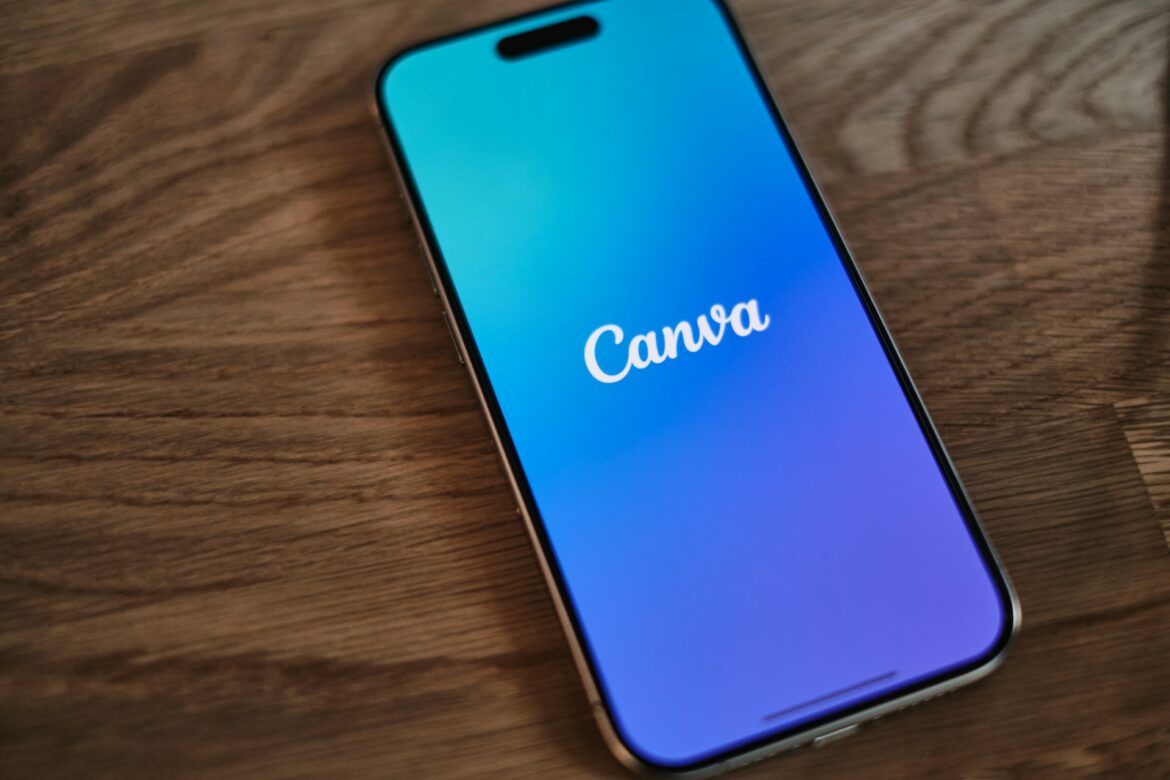In today’s digital world, creating eye-catching graphics and visuals has become more accessible than ever, thanks to a variety of online design tools. Two of the most popular options are Canva and Adobe Express, each offering unique features tailored to different users. Whether you’re a casual social media poster creator, a small business owner, or a professional designer, understanding the strengths and limitations of these platforms can help you choose the right one for your needs. This article explores the key differences between Canva and Adobe Express to guide you in making an informed decision about which tool suits your creative projects best.
Comparing Features and Usability of Canva and Adobe Express
Canva is renowned for its user-friendly interface, making it accessible for beginners and those with little design experience. Its drag-and-drop editor allows users to easily customize templates, add images, text, and icons, all within a visually intuitive workspace. Canva offers a vast library of pre-designed templates for social media, presentations, posters, and more, which significantly speeds up the creative process. Additionally, Canva’s collaborative features enable teams to work together seamlessly, making it a popular choice for small businesses and educational purposes. On the other hand, Adobe Express (formerly Adobe Spark) also provides a simple, streamlined interface but leans more toward users who are familiar with Adobe’s ecosystem. It integrates well with Adobe’s Creative Cloud, allowing for easy access to assets and fonts from other Adobe products.
When it comes to features, Canva boasts a comprehensive set of tools that cater to a wide range of design needs, including photo editing, animation, and brand kits for consistent branding. Its free version is quite generous, offering numerous templates and elements, while a subscription unlocks more advanced features like premium assets and resizing options. Adobe Express, while slightly more limited in template variety, emphasizes powerful editing tools, such as background removal and advanced text effects. It also shines in creating quick video stories and web pages, broadening its appeal beyond static images. Both platforms are cloud-based, ensuring your projects are saved automatically and accessible from any device, but Canva’s real-time collaboration tools tend to be more robust for team projects.
Usability wise, Canva is often regarded as more beginner-friendly thanks to its straightforward layout and extensive tutorial resources. Adobe Express, however, may appeal more to users who are already familiar with Adobe’s apps, providing a familiar workspace and intuitive tools that can be mastered quickly. Both tools support multiple export formats, including PNG, JPG, and PDF, but Canva tends to offer more customization options for output files. Overall, Canva’s extensive template library and intuitive design environment make it the go-to for quick, beautiful results, whereas Adobe Express offers more refined editing features suited for users with some design background.
Choosing the Best Design Tool for Your Creative Needs
Deciding between Canva and Adobe Express ultimately depends on your specific design requirements and comfort level with digital tools. If you’re someone who needs to produce high-quality graphics rapidly without a steep learning curve, Canva is likely the better choice. Its vast array of templates, easy-to-use interface, and collaborative features make it ideal for social media managers, educators, and small business owners seeking professional-looking results with minimal effort. Canva’s free tier is generous enough for casual users, and its premium options unlock additional creative assets that cater to more advanced needs.
On the other hand, if you’re already embedded in the Adobe ecosystem or require more sophisticated editing tools, Adobe Express might be the more suitable option. Its seamless integration with Creative Cloud allows for easy access to Adobe Fonts and assets, which can be a big advantage for users who rely on Adobe’s suite of creative apps. Adobe Express is also well-suited for quick video stories and web page creation, making it a versatile tool for digital storytelling. Those who prefer a more streamlined, less cluttered interface with powerful editing capabilities tend to favor Adobe Express, especially if they have some prior experience with Adobe products.
In conclusion, both Canva and Adobe Express offer robust features tailored to different types of users. Canva shines for its simplicity, extensive templates, and collaborative features, making it perfect for quick, visually appealing projects. Adobe Express, meanwhile, appeals to users seeking more advanced editing options and integration with Adobe’s creative tools. Ultimately, the best choice depends on your specific creative goals, technical comfort level, and whether you need primarily quick, ready-made templates or more refined, customizable designs.

